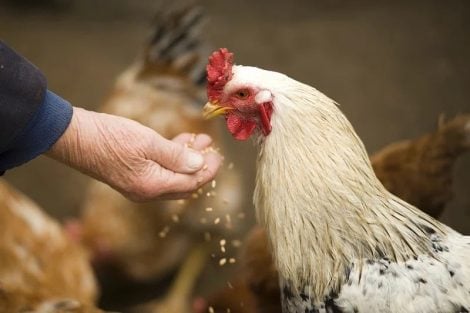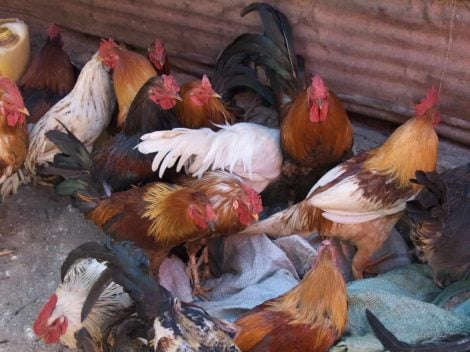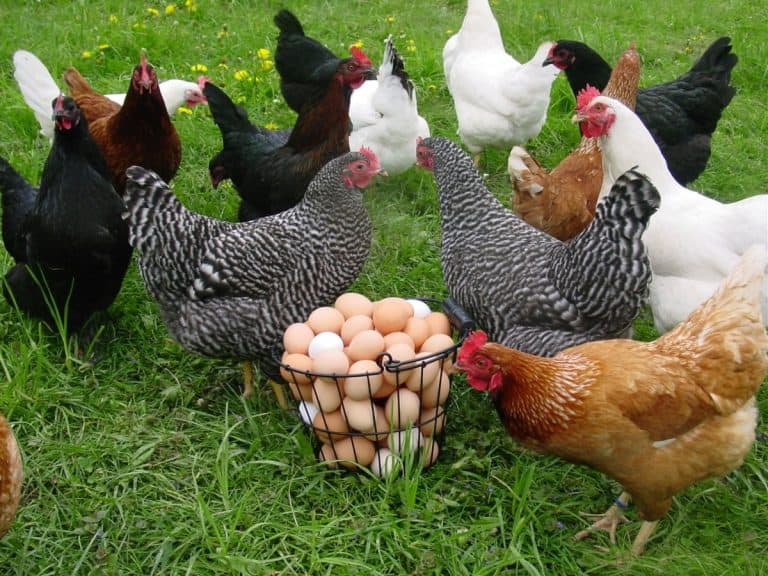The only obstacle to enjoying a true relationship between humans and animals is about to be overcome. Soon, we will be able to understand what chickens say thanks to a specific artificial intelligence program developed by researchers at the Canadian Dalhousie University. Disney has been "humanizing" animal language for about a century, but this "translator" aims to be a real step forward in understanding the social and relational dynamics within the animal world. And perhaps to talk to them.

How chickens communicate
Chickens are excellent communicators, as evidenced by their calls and "squawks," which should not be considered merely as random sounds but as part of a complex linguistic system. It is their way of interacting with the world and expressing joy, fear, and exchanging reciprocal social signals. Like humans, their language varies depending on age, environment, and surprisingly, is also influenced by domestication: thus providing insights into their social structures and behaviors. Understanding these vocalizations could play a fundamental role in transforming our approach to poultry farming, improving the welfare and quality of life of chickens.
How the chicken translator works
The advantage of using artificial intelligence lies in its ability to analyze large amounts of audio data. In this case, the algorithms created by researchers at Dalhousie University are learning to recognize patterns and nuances in chicken vocalizations. This is not a simple task, apparently, as chickens use a range of sounds that vary in pitch, tone, and context. One of the most interesting aspects of this research is understanding the emotional content of the sounds emitted. By using natural language processing - a technology often used to decipher human languages - scholars are learning to interpret the emotional states of chickens. It is thus possible to understand whether they are stressed or if they are doing well, in order to make more accurate decisions about their care and that of their environment.

The role of non-verbal communication
In addition to sound parameters, researchers are also analyzing various aspects of non-verbal communication. Using non-invasive methods such as video and thermography, changes in temperature around the eyes and head have been observed, as well as variations in winking behavior, which seems to be considered as responses to stress. These preliminary results, pending scientific approval, open up new avenues for understanding how chickens express their feelings, both behaviorally and physiologically, providing us with additional tools to assess their well-being.
Ethical use of AI
Continuing to make strides in this field opens the doors to a new era in human-animal interaction. With these developments, the journey into decoding the language of chickens is not just an academic activity but is an important step towards a more empathetic and responsible world. By harnessing artificial intelligence in this way, we are not only revealing the secrets of avian communication but also defining new standards for animal welfare and the ethical use of technology.

 The best gelaterias in Venice chosen by Gambero Rosso
The best gelaterias in Venice chosen by Gambero Rosso The small Japanese restaurant on the outskirts of Rome, perennially sold out
The small Japanese restaurant on the outskirts of Rome, perennially sold out "Enough with copying Champagne. Italy should work on its own identity." Unfiltered interview with Cyril Brun, new winemaker at Ferrari
"Enough with copying Champagne. Italy should work on its own identity." Unfiltered interview with Cyril Brun, new winemaker at Ferrari "Do you like cold red wine? Nobody will judge you, but be careful about the type
"Do you like cold red wine? Nobody will judge you, but be careful about the type From the small confectionery in Alba to the woman who revolutionized sweets. The story of Pastiglie Leone
From the small confectionery in Alba to the woman who revolutionized sweets. The story of Pastiglie Leone






